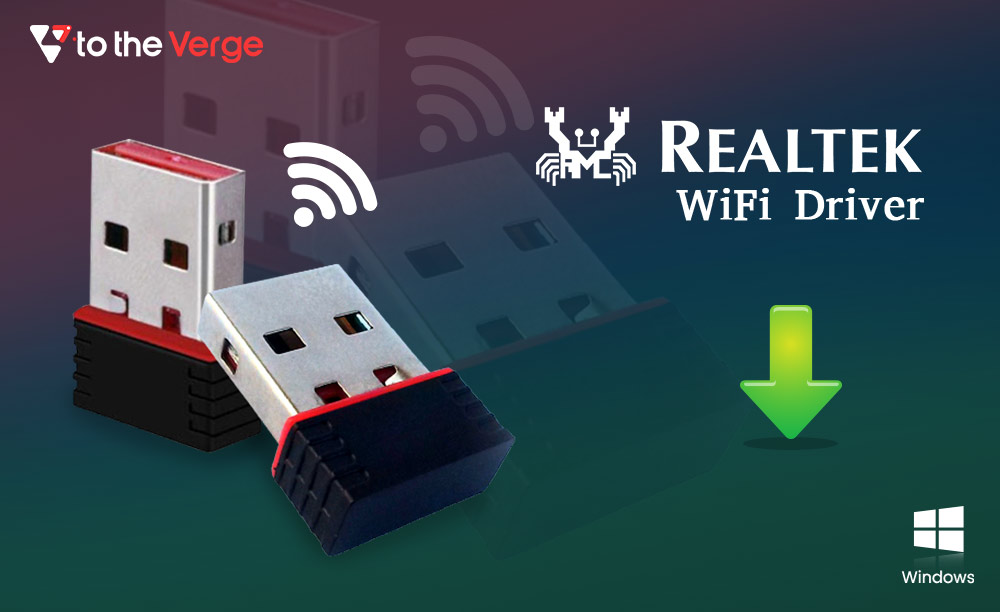Monitoring has developed far beyond basic video recording. The traditional CCTV system was once revolutionary, providing static footage, which could be reviewed after review. However, the demands of today’s dynamic danger landscape require real -time intelligence, not only for passive monitoring. The AI-manufacturing monitoring leads security systems into active parents from reactive equipment, before they identify possible threats before growing into real events.
With integrated artificial intelligence in monitoring networks, businesses and institutions are no longer relying on human operators alone. These systems now learn from patterns, distinguish between normal and suspicious behavior, and trigger automated alerts. This change marks a paradigm change on how we protect people, property and infrastructure.
Real-Time Threat Detection with Predictive Analytics
One of the most powerful characteristics of AI-powered video surveillance is its forecast capacity. Through machine learning and pattern recognition, these systems can detect anomalies such as abnormal movement patterns, litersing in sensitive zones, or unauthorized access efforts. These are not just alerts – they are pre -gathering that help the security teams to function before violations or incidents.
For example, AI can distinguish between a person driving his dog outside a store and a person can try to vandalism. It does so by analyzing facial expressions, asanas, movement of movement and environmental contexts. Over time, the system becomes smarter, refining its ability to filter false positivity and focus on real threats.
Scalability and Centralized Control Across Multiple Sites
The AI-operated monitoring systems are naturally scalable, allowing centralized control and monitoring at many features or remote locations. It is particularly valuable for entrepreneurs to operate warehouses, offices, or retail shops spread in cities or even countries. Instead of having an independent camera system at each location, the AI solution provides cloud-based centralized dashboard that consolidate video feed, analytics and alert management.
In addition, AI short video automatically automatically exposes the process of submitting the footage hours in the snipet that only exposes the relevant activity. This significantly reduces the time spent on manual video reviews and allows security teams to give more efficiently and consistent reactions.
Facial Recognition and Behavioral Biometrics for Enhanced Access Control
Another important advancement is facial identification and behavior biometrics, which is redefining the access control system. Unlike traditional kard or pin-based methods, AI-based systems identify individuals by their unique physical characteristics and behavior. This ensures that access to sensitive areas is not only safe, but also comfortable.
In a high-protection environment such as data centers, airports, or research laboratories, AI monitoring can track and log the exit, identify unauthorized efforts, and even predict the intentions on behavior basis. Combined with deep education, these systems improve over time, offer a layer of security that no human operator can repeat.
Reduced Human Error and Operational Costs
Human monitoring is naturally prone to error – spicy, distraction, and boundaries in meditation reduce all monitoring effectiveness. On the other hand, AI offers 24/7 surveillance without fatigue or prejudice. By automating repeated tasks, such as video scanning, alert generations, and report construction, organization can reduce the needs of manpower, improve accuracy, and recover human resources for more strategic roles.
Additionally, AI can optimize energy usage, automate the system health check-up, and conduct self-diagnostic science that reduces the need for expensive maintenance. Long -term cost saving from such automation makes these systems also highly attractive to medium -sized enterprises.
Read Also: What is Artificial Intelligence? Here’s Everything You Need To Know
Privacy Compliance and Ethical Surveillance Practices
While the expansion of monitoring can increase concerns about privacy, the modern AI system is designed to correspond to GDPR, HIPAA and other global data security standards. The built-in features such as data anonymous, access log and roll-based access controls ensure that the footage is accessible only to authorized personnel. In addition, the AI model can be trained to blur the face or to avoid recording some areas perfectly, ensuring that the correct balance between security and privacy is hit.
Moral implementation is not just a compliance case – it is about the creation of trust with employees, customers and general public. Transparent policies, user consent, and clear communication organizations help, which is in a state of AI surveillance as a tool for safety rather than infiltration.
Integration with IoT and Smart Building Infrastructure
AI monitoring does not work in isolation. It is basically integrated with smart building techniques such as smart lighting, HVAC system, motion sensor and wide ecosystem of access control. For example, when suspected activity is detected, the system can trigger automatic lockdowns, switching to high intensity lighting, or even informing emergency respondents.
This interconnectivity with IOT enhances overall status awareness and accountability of buildings, converting physical places into intelligent environment that can adapt to developing security threats in real time.
Use Cases Across Industries
AI monitoring is bringing revolution in security in various fields:
- Retail: Real time prevents shopkeeping by identifying suspicious behavior.
- Banking: The fraud monitors ATM and branches for barbarity.
- Manufacturing: The workplace violations, misuse of equipment, or safety hazards detect.
- Education: The entrance enhances the safety of the premises by monitoring the gate, hallway and dormiteries.
- Healthcare: Protects restricted medical fields and patient privacy.
Each use is benefited by the case reference-inconceivable monitoring, ensuring that the AI provides relevant insights to the environment.
Read Also: Future Of Web 3.0 And Metaverse
Future-Readiness: Adapting to Evolving Threat Landscapes
Security threats are developing-from traditional brake-in to cyber-physical attacks, internal formulas and terrorism. Static systems cannot live with this rapid change. The AI-Interacted Monitoring is ready for the future, with upgradable algorithms, real-time software updates and cloud scalability.
As the AI becomes more accessible, we can expect to look at the hyper-personalized security environment, where the systems recognize regular patterns and react autonomous to any deviation. The future of monitoring is not just a scene – it is cognitive, responsible and future saying.
Finally, we believe that organizations that continuously adopt AI-based monitoring are not only securing their premises-they are investing in a clever, safe and more efficient future. Our team continues to support the change by distributing AI-operated video monitoring solutions to define how modern security is implemented. To further security, businesses are now bending towards advanced CCTV surveillance services that are deeply integrated with AI analytics for unmatched visibility and control.

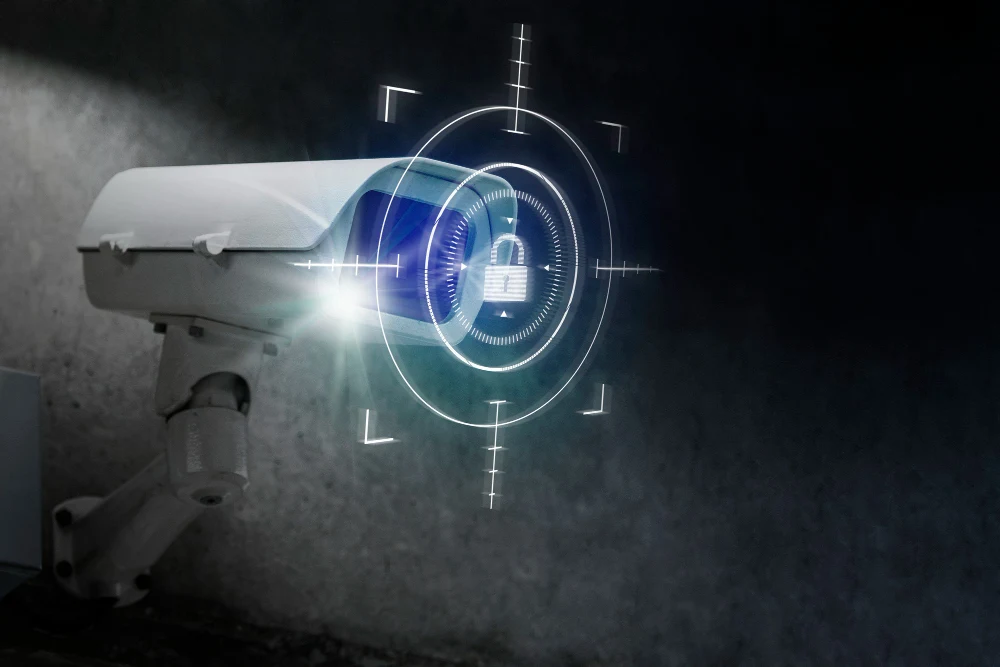

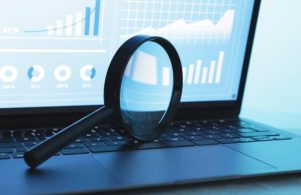
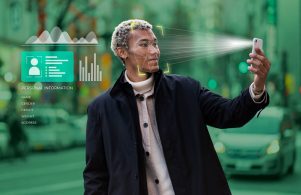
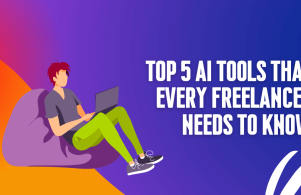
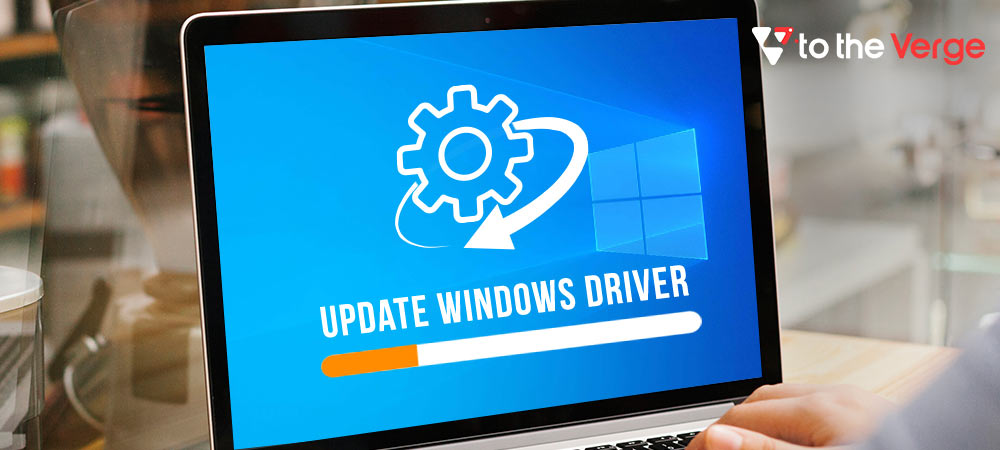
![How to Update and Reinstall Keyboard Drivers on Windows 10/11 [A Guide]](https://wpcontent.totheverge.com/totheverge/wp-content/uploads/2023/06/05062841/How-to-Update-and-Re-install-Keyyboard-Drivers-on-Windows-10.jpg)
